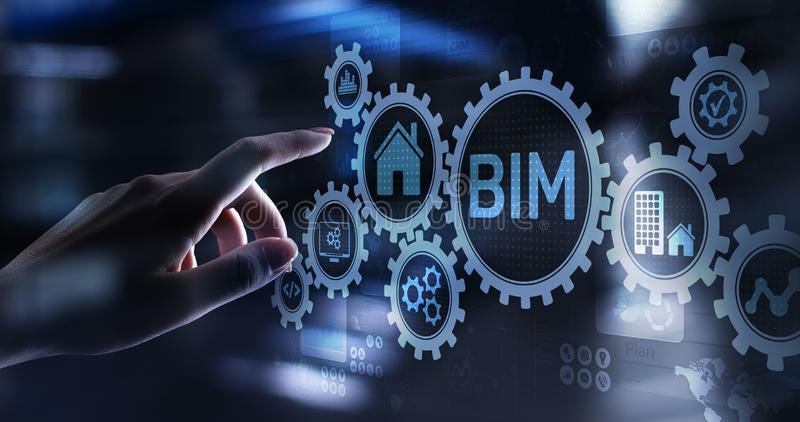BIM (Building Information Modeling) is the future of the AEC (Architecture, Engineering, and Construction) industry. It is a widely used technology that reduces waste and makes construction projects more successful. It has transformed the workflow for AEC companies.
Building information modeling implementation is a process that involves the creation and management of digital representations of physical and functional characteristics of buildings and other infrastructure projects.
What Are the Phases of BIM Implementation?
BIM has become a project management framework for designing, constructing, and documenting a facility. There are several phases involved in the implementation of BIM (Building Information Modeling) in a construction project.
BIM Implementation has been widely accepted across the globe, making BIM services an essential requirement in the construction team’s toolbox. While the specific phases may vary depending on the project, the following are four relevant phases of BIM implementation:
Planning Phase
The planning phase is the first phase of BIM implementation. It involves setting project goals, developing a BIM execution plan, and identifying the resources and technology needed to implement BIM. It also involves defining the scope of the project and determining the level of detail required.
Design Phase
The design phase is where the BIM model is developed and refined. This phase involves creating a 3D model of the building or infrastructure project and adding detailed information about the building’s components and systems. Architectural BIM services are often roped in during this phase to visualize the project and to identify and resolve conflicts and coordination issues.
Construction Phase
The construction phase is where the BIM model is used to support the construction process. The BIM model is used to create construction schedules, estimate material quantities, and plan and sequence construction activities, while also tracking progress and monitoring the quality of the work.
Operation and Maintenance Phase
The operation and maintenance phase are where the BIM model is used to support the ongoing operation and maintenance of the building or infrastructure project. The BIM model is used to manage asset information, track maintenance activities, and plan and schedule repairs and replacements.
What Are the Requirements Before Implementing BIM?
The BIM modeling process is complex. There are several things you need to do before you kickstart the process. The requirement to implement BIM is as follows:
- Assess Your Organization’s Readiness For BIM: It’s essential to evaluate the company’s current workflow and identify areas where BIM can be integrated. This may require investment in new software, hardware, and personnel.
- Set Goals and Objectives: Define the organization’s objectives for implementing BIM, such as improved coordination, reduced errors, and increased efficiency. Make sure that these goals align with the overall business strategy.
- Develop A BIM Execution Plan (BEP): A BEP outlines how BIM will be implemented and managed throughout the project’s lifecycle. It includes information on software and hardware requirements, roles and responsibilities, data management, and communication protocols.
- Choose The Right Software: There are many BIM software options available in the market, each with its own set of features and capabilities. Choose the one that best fits the organization’s needs and budget.
- Train Your Team: BIM requires a new set of skills, so it’s crucial to provide training to the team members. This may include training on software, data management, and collaboration techniques.
- Collaborate Effectively: BIM is all about collaboration, so it’s essential to establish effective communication and collaboration protocols. This involves sharing information in real-time, maintaining a single source of truth, and resolving conflicts promptly.
- Monitor And Evaluate: Monitor the implementation of BIM throughout the project’s lifecycle and evaluate its impact on project outcomes. Use the data to adjust and improvements to the processes.
The Conclusion
BIM implementation is a journey and a difficult one at that. Many organizations will encounter one or more of these 4 phases during the process. The goal is to be able to identify where the organization is at, and then start thinking about how one can improve BIM maturity to move to the next phase. A successful BIM implementation requires a lot of hard work, but the rewards are well worth it.

